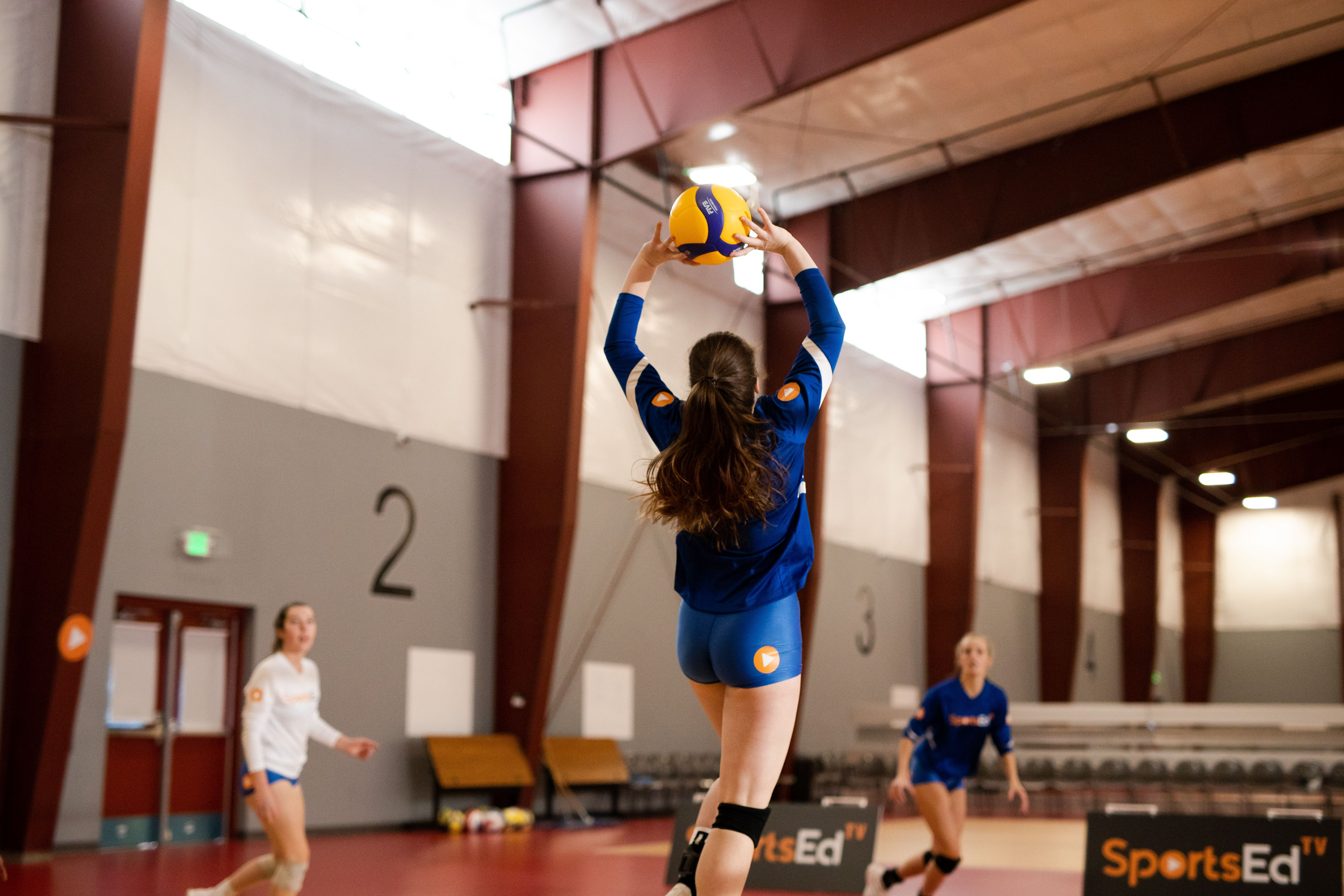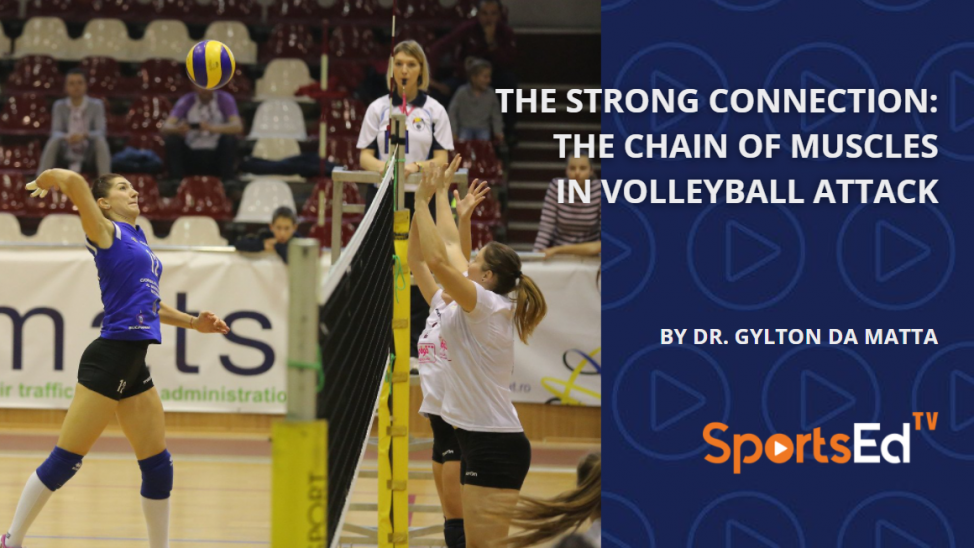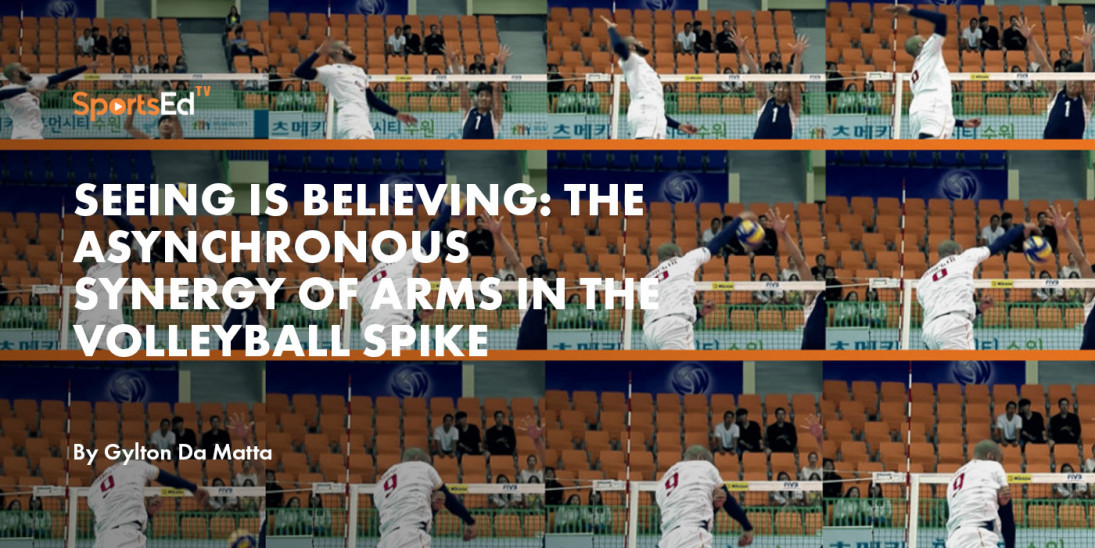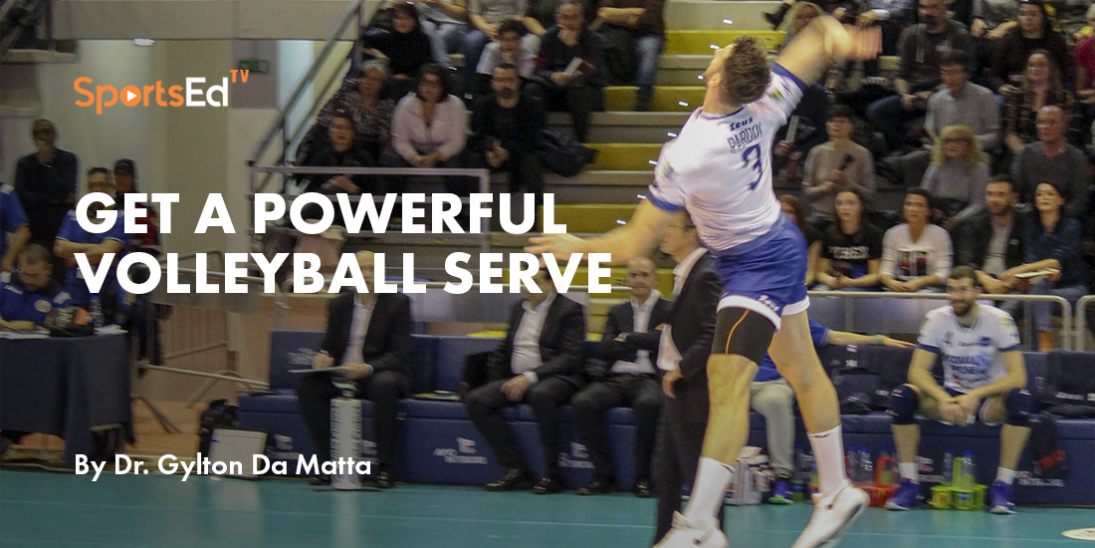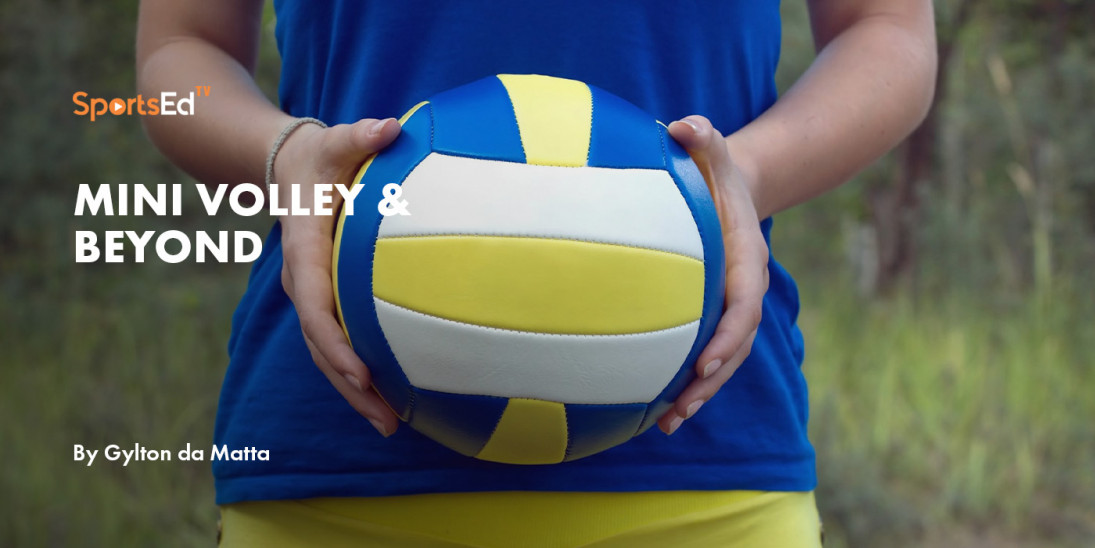Volleyball
Welcome and thanks for visiting...

The Floater Jump Serve and Its Variants
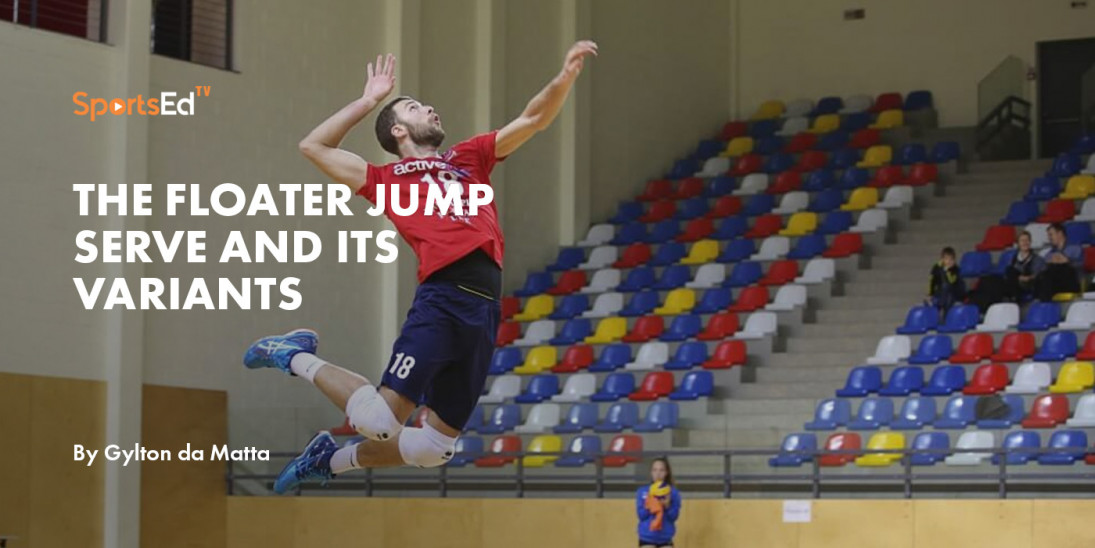
The most successful teams in the history of volleyball, have also performed the most audacious and tactically serving styles at world-class competitions. And the most successful teams have also demonstrated a history of the most effective range of serving repertoire (Da Matta, 2013). The evolution of serves across the history of volleyball has revealed a serve that no libero likes to face, the Jump Floater.
how to jump serve in volleyball?
Some expert passers call it the “dry leaf”, the “Sahara mirage” or “the ghost”. Others call it the “side stroboscopic dropping beast”, according to the metaphoric voices of elite players from Brazil. Passers are perfectly positioned to pass it and then…the ball dropped dead right in front of them. “Coach, the ball was right there in front of me, but went sideways and dropped,” is a frequent refrain. (Da Matta, 2004).
From an expertise analysis perspective, nothing that we see in volleyball is new. The jump serve and the jump floater has also been done before in some cold factory gym in Germany, on the exotic beaches of Samoa, or in the dirt courts in Africa. However, the perfection of this serve epitomizes the importance of diversity and how this variety of movement styles reflects in the many displays of approaches, tosses, and strikes.
The impact of jump floaters has been notable since the FIVB rule changes in 1998. Typically known as the Rally Scoring System rule, the changes in 1998 prohibited blocking the serve, allowed the let serve, allowed the multiple touch first rally contact, and attempted to determine the regulation of women’s competition gear. Even the marketing appeal of how women would be dressed indoors and outdoors depicted the success of this wave of successful rules. (Side note: Many feminists groups called the attempt to exploit the women’s body infamous, but the volleyball players, wiser, claimed that the sizes of some gear were old fashioned and added that the players should be the ones to decide that they should wear and how they would wear it.)
Back to jump floaters:
Some players started a series of personal variations of approaching the baseline, jumping, and striking the ball.
In 2002 and in 2004, we noticed the advancement in the performance efficiency of the top volleyball teams in the world. The teams have displayed unique patterns in serving the side-out phase tactics and strategies.
Regardless of outcomes, the technical analyses have revealed that the Brazilian audacity in serving has paid dividends in dozens of world-class medals. Of all variations of performing a jump floater, below is summarized the most consistent techniques that have been found in the past 15 years of systematic observation. Described are the serves that players performed with the most efficiency and consistency:
- The three-step two hands lift. The players, most of them mid-size (height) would start approximately 15 feet away from the baseline of the volleyball court. The approach was very rhythmic and safe (the jump and the land were far from the court). Players were concerned about executing a perfect toss (lift) and making sure that their floater strike would produce a high-effect outcome on the ball. The land would always happen on both feet and the trajectory of the ball would vary between short and long, but the server had huge control over the final target with an 80-90% accuracy.
- The one-hand, last step take-off lift. The one-hand, last-step take-off lift was a jump floater serve performed by a lot of tall players. This serve was unfairly labeled as “inconsistent” not because of its complexity or level of difficulty, but because many players (generally very tall) were invited to try it but were never given the appropriate time to learn it, so they could perform with confidence in a game situation. This is a fun jump floater and very tough to pass.
- The one-hand, three-step approach jump floater. This jump floater consists of the performer executing the lift of the ball at the first step of the approach, allowing the performer to project the ball farther and jump higher. In some places, coaches are teaching players to execute a short hop, but we highly recommend a full jump prior to serving or contacting the ball.
The jump floater has many other variations, but these patterns consist in what we call the main trends. In sum, the main concept of jump serving relies on the notion that players have to really jump and perform the floating strike at the highest point possible.


